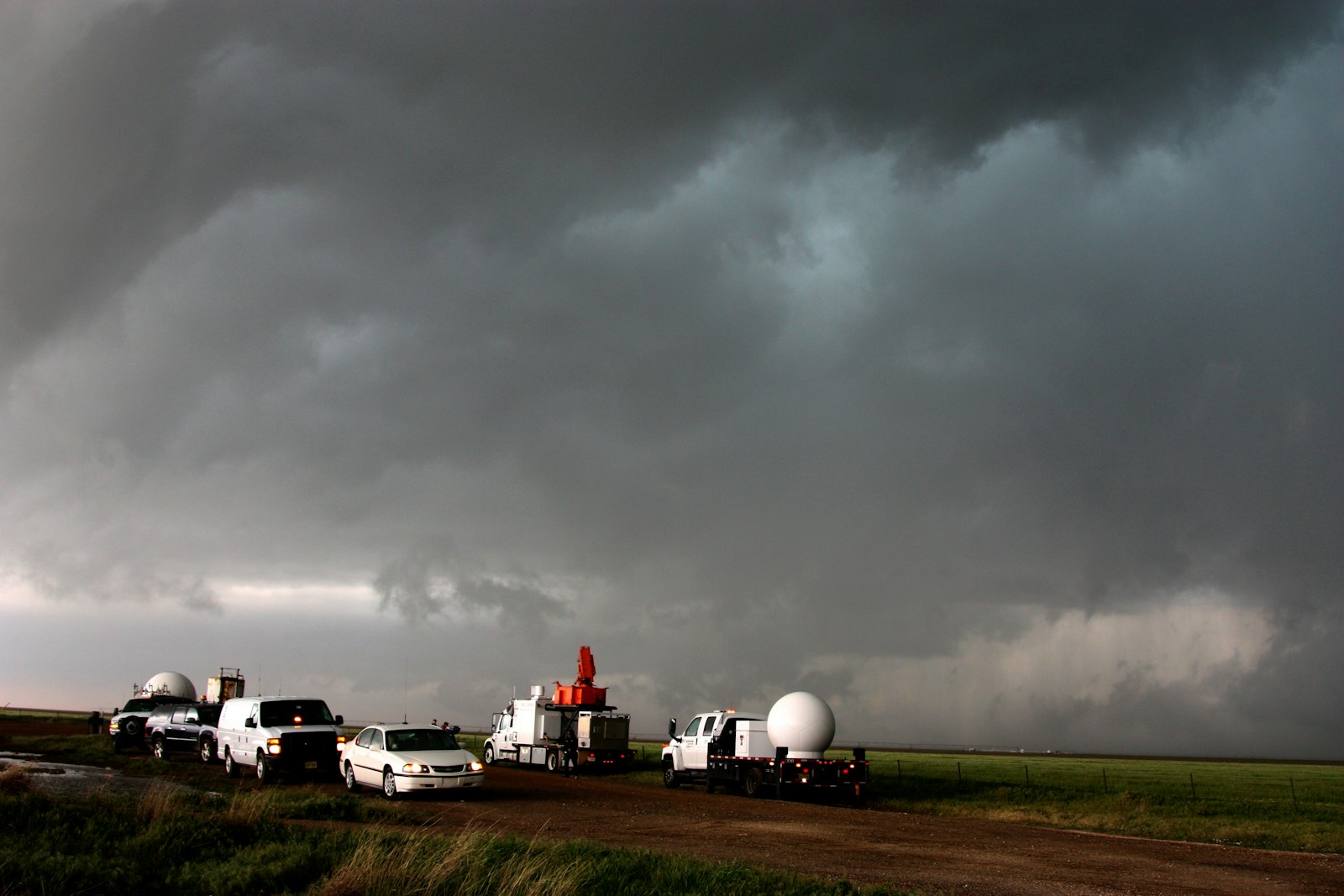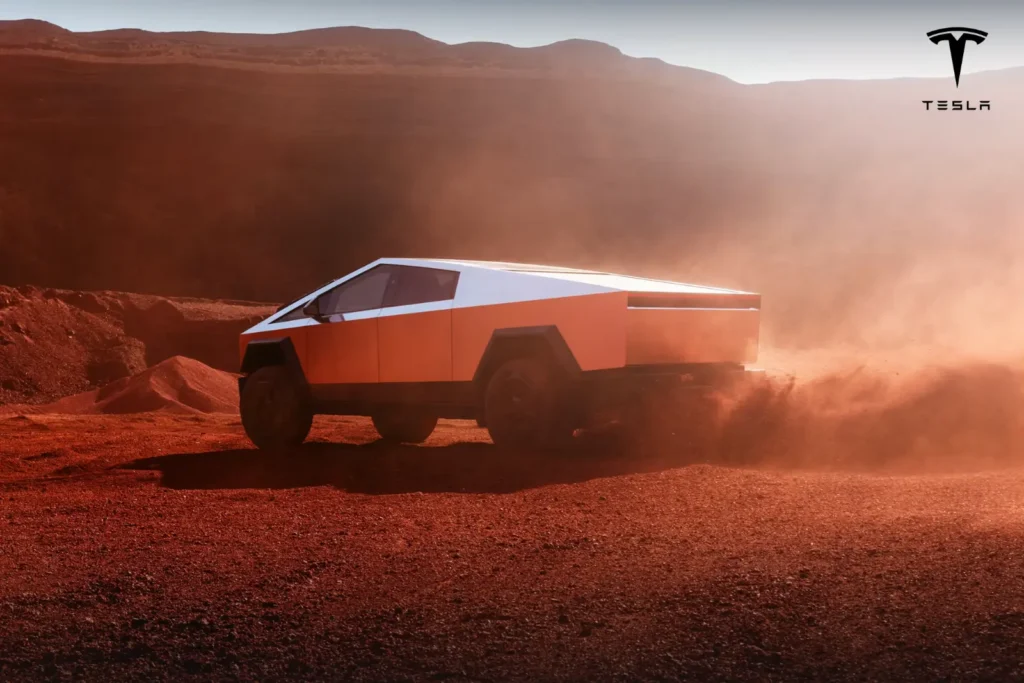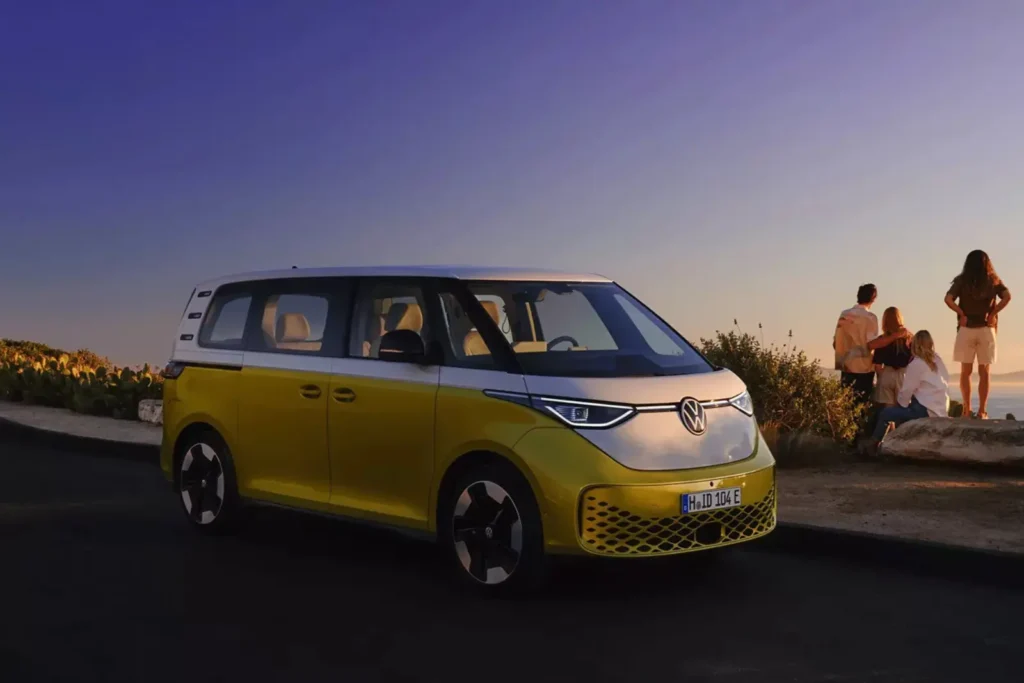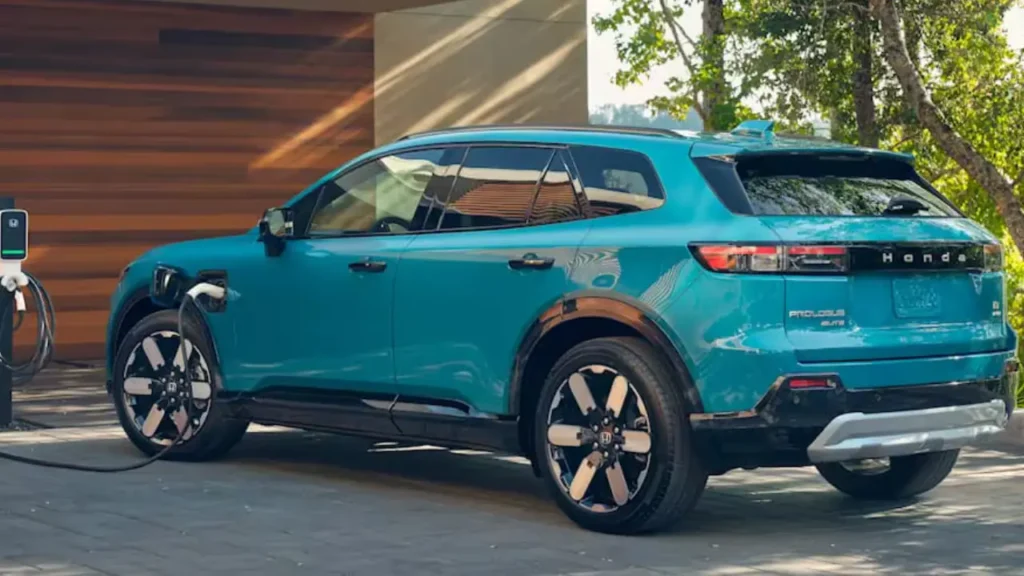Table of Contents
Climate change is significantly impacting the automotive industry, driving transformations in technology, regulations, consumer behavior, and business strategies. Here are the key areas where these impacts are most evident:
1. Shift Toward Electric Vehicles (EVs)
- Regulatory Pressure: Governments worldwide are implementing stricter emissions standards to combat climate change. For example, the European Union, China, and several U.S. states have set targets to phase out internal combustion engine (ICE) vehicles in favor of electric vehicles (EVs).
- Consumer Demand: Growing awareness of climate change has increased demand for eco-friendly vehicles, pushing automakers to invest heavily in EV development.
- Technological Advancements: Innovations in battery technology, charging infrastructure, and renewable energy integration are accelerating the adoption of EVs.
2. Supply Chain Disruptions
- Resource Scarcity: Climate change affects the availability of critical materials like lithium, cobalt, and nickel, which are essential for EV batteries. Extreme weather events can disrupt mining and transportation.
- Manufacturing Challenges: Rising temperatures and extreme weather can impact manufacturing facilities, leading to production delays and increased costs.
Also Read: The Rise of Hydrogen Powered Cars: Are They the Future?
3. Regulatory and Policy Changes
- Carbon Pricing: Many countries are introducing carbon taxes or cap-and-trade systems, increasing the cost of producing high-emission vehicles.
- Subsidies and Incentives: Governments are offering incentives for EV purchases, such as tax credits, rebates, and reduced registration fees, to encourage the transition to cleaner vehicles.
4. Changing Consumer Preferences
- Sustainability Concerns: Consumers are increasingly prioritizing sustainability, leading to higher demand for fuel-efficient and low-emission vehicles.
- Urbanization and Shared Mobility: Climate change concerns are driving the growth of shared mobility services (e.g., ride-sharing, car-sharing) and reducing the reliance on personal vehicle ownership in urban areas.
Also Read: The Future of Autonomous Vehicles: What to Expect by 2030
5. Impact on Vehicle Design and Innovation
- Lightweight Materials: Automakers are using lightweight materials like aluminum and carbon fiber to improve fuel efficiency and reduce emissions.
- Aerodynamics and Efficiency: Enhanced aerodynamic designs and energy-efficient systems are becoming standard to meet emissions targets.
- Autonomous and Connected Vehicles: Climate change is accelerating the development of autonomous and connected vehicles, which can optimize driving patterns and reduce emissions.
6. Infrastructure Development
- Charging Networks: The transition to EVs requires significant investment in charging infrastructure, including fast-charging stations and grid upgrades.
- Renewable Energy Integration: The automotive industry is increasingly collaborating with energy providers to integrate renewable energy sources into the charging ecosystem.
Also Read: The Best Hybrid Cars for Eco Conscious Drivers in 2025
7. Financial and Market Risks
- Stranded Assets: Companies heavily invested in ICE technology face the risk of stranded assets as the market shifts toward EVs.
- Investor Pressure: Investors are increasingly prioritizing environmental, social, and governance (ESG) criteria, pushing automakers to adopt more sustainable practices.
8. Global Competitiveness
- Emerging Markets: Developing countries are also adopting stricter emissions standards, creating new opportunities for automakers that can offer affordable, low-emission vehicles.
- Collaboration and Competition: Automakers are forming alliances and partnerships to share the costs of developing new technologies and remain competitive in a rapidly changing market.
9. Environmental and Social Responsibility
- Circular Economy: Automakers are exploring circular economy models, such as recycling batteries and reusing materials, to reduce waste and environmental impact.
- Corporate Sustainability Goals: Many companies are committing to carbon neutrality and setting ambitious sustainability targets to align with global climate goals.
Conclusion
Climate change is a powerful force reshaping the automotive industry. While it presents significant challenges, it also offers opportunities for innovation, growth, and leadership in the transition to a sustainable future. Automakers that proactively adapt to these changes will be better positioned to thrive in the evolving landscape.
Realted Articles
- Maruti’s First EV Car – EVX (e-Vitara): A Game-Changer in India’s Electric Vehicle Market
- Tata Nexon: The Game-Changer in the Compact SUV Segment (2025)
- Toyota Raize: The Compact SUV That’s Redefining Urban Driving
- Honda Shine 100 vs Honda Shine 125: Which One Should You Choose?
- TVS Ronin: The Ultimate Urban Roadster Redefining Modern Motorcycling
- Yamaha RX 100: The Legendary Bike That Redefined Indian Roads
- The New Tata Safari: A Perfect Blend of Heritage and Modernity
- New Mahindra Bolero: Redefining Toughness and Reliability in 2025
- Honda Activa 7G: Revolutionizing the Scooter Industry (2025)
- Bajaj Platina 110: The Ultimate Commuter Bike for Indian Roads (2025)
- Tata Sumo: A Legend of Indian Roads (2025)
- Hero Splendor Plus: The Ultimate Guide to India’s Most Loved Bike (2025)
- New TVS Jupiter: The Perfect Blend of Performance and Style (2025)
- Kia Syros: A Comprehensive Guide to Kia’s Latest SensationKia Syros
- Tata Sierra: A Comprehensive Review of the Iconic SUV (2025)
- Hero Xoom 160: A Complete Review, Features, and Performance (2025)
- Kawasaki Ninja 500: Ultimate Review, Features, and Performance (2025)
- Best Tyre Brands in India (2024)
- Best EV Cars in India (2024)
- Best Electric Bike in India (2024)
- Best Electric Bicycles in India (2024)
- Best Gear Cycle Under 10000: A Comprehensive Guide
- KTM Duke 250: The Perfect Balance of Power and Precision












